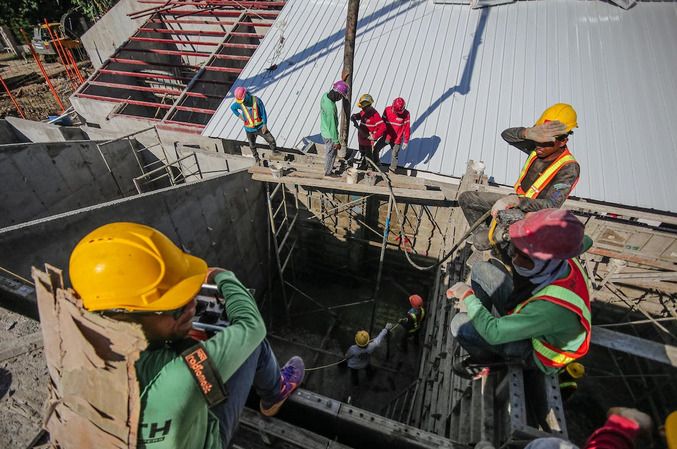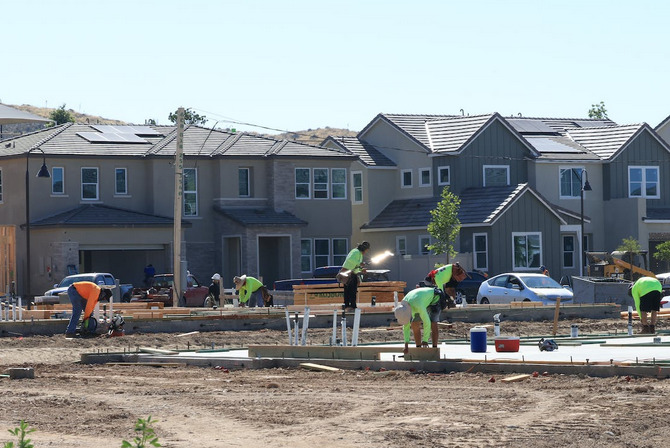Constructing a house involves a complex interplay of factors, where costs are subject to various influences within the dynamic construction industry. Understanding these diverse elements that contribute to cost variations is pivotal for homeowners and builders alike. Mostly, bauherrenhilfe uses cutting-edge expertise to decode these multifaceted cost influences, providing invaluable insights that streamline the construction process. Let’s delve into the intricate world of house-building costs and the multifaceted factors that drive market trends and fluctuations.
Material Costs: The Backbone of Construction Expenses
Materials constitute a substantial portion of house-building expenses. Fluctuations in material prices due to supply chain disruptions, market demand, and raw material availability significantly impact overall construction costs.
Labor Rates and Availability: Skilled Workforce Dynamics

Labor costs play a pivotal role in construction expenses. Factors such as labor shortages, wage fluctuations, and skilled workforce availability contribute to variations in construction expenditures across different regions. The broader economic landscape, including interest rates, inflation, and economic cycles, affects construction costs. Economic booms or recessions influence material prices, labor markets, and overall project expenses.
Regulatory Requirements and Building Codes: Compliance Costs
Compliance with building regulations and codes adds to construction expenses. Evolving regulatory standards, permit costs, and adherence to safety measures impact the overall cost structure of house-building projects.
Geographic Location: Regional Cost Variations
Construction costs vary geographically. Factors like land prices, local building regulations, accessibility, and proximity to suppliers significantly influence expenses, contributing to regional cost disparities.
Technology and Innovation: Balancing Costs With Efficiency
Advancements in construction technologies and innovative building materials present opportunities for cost efficiencies. Implementing new technologies can initially increase expenses but offer long-term savings in operational costs. Market demand for housing and construction materials influences prices. Fluctuations in supply and demand dynamics within the construction industry drive pricing variations for materials and services.
Environmental Factors and Sustainability: Cost Considerations

The emphasis on sustainable and eco-friendly construction practices impacts costs. Green building certifications, energy-efficient materials, and eco-conscious designs may involve higher initial costs but offer long-term savings.
Project Scale and Complexity: Tailoring Costs to Designs
The scale and complexity of a project influence costs. Larger, intricate designs or unique architectural elements often translate into higher construction expenses due to increased material and labor requirements.
House building costs are an intricate tapestry woven from numerous factors. Understanding the nuances of these influences empowers homeowners, builders, and industry stakeholders to navigate cost fluctuations effectively. By comprehending these diverse elements, individuals embarking on house-building journeys can make informed decisions and manage expectations, ensuring a smoother and more cost-effective construction process.

